A solution to resolution – Part 2 (Image Size explained)
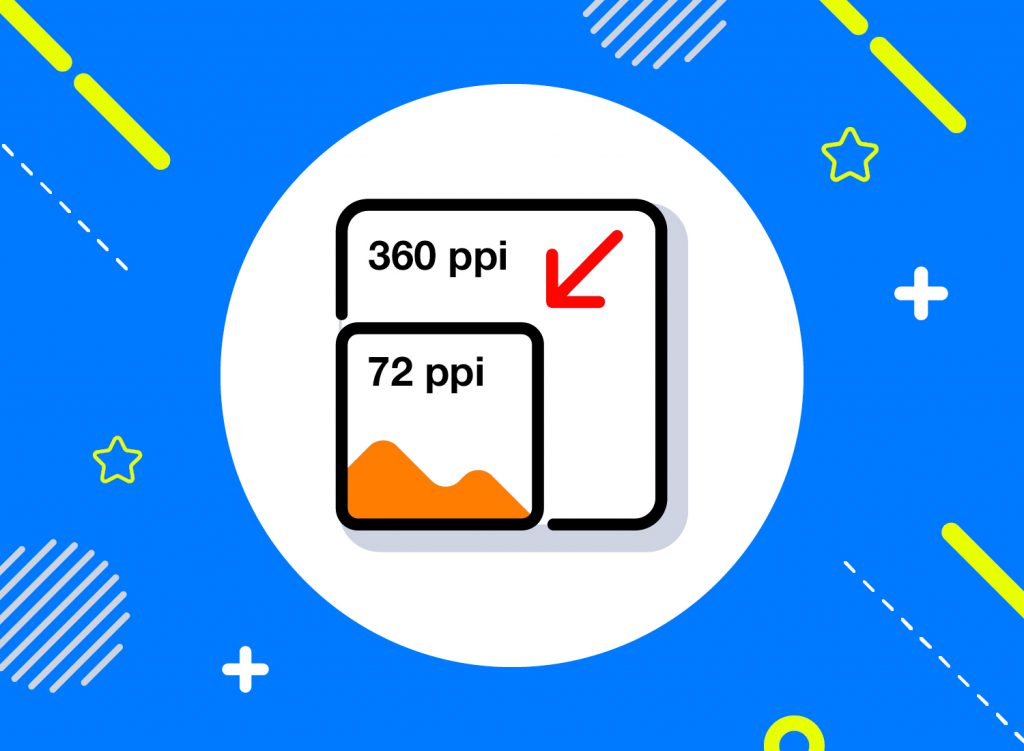
A typical consumer DSLR camera might come with image resolution of 24.3 MP or 24 megapixels. So exactly what does that mean anyway? It means that at the highest quality setting – Camera Raw or the .jpeg “L” large setting – an image file can be produced that contains 24,160,256 pixels. This will, at an input resolution of 300 ppi (Nikon D750 default input resolution) produce an acceptable 11 x 17 inch print at 360 ppi.
A solution to resolution – Part 1
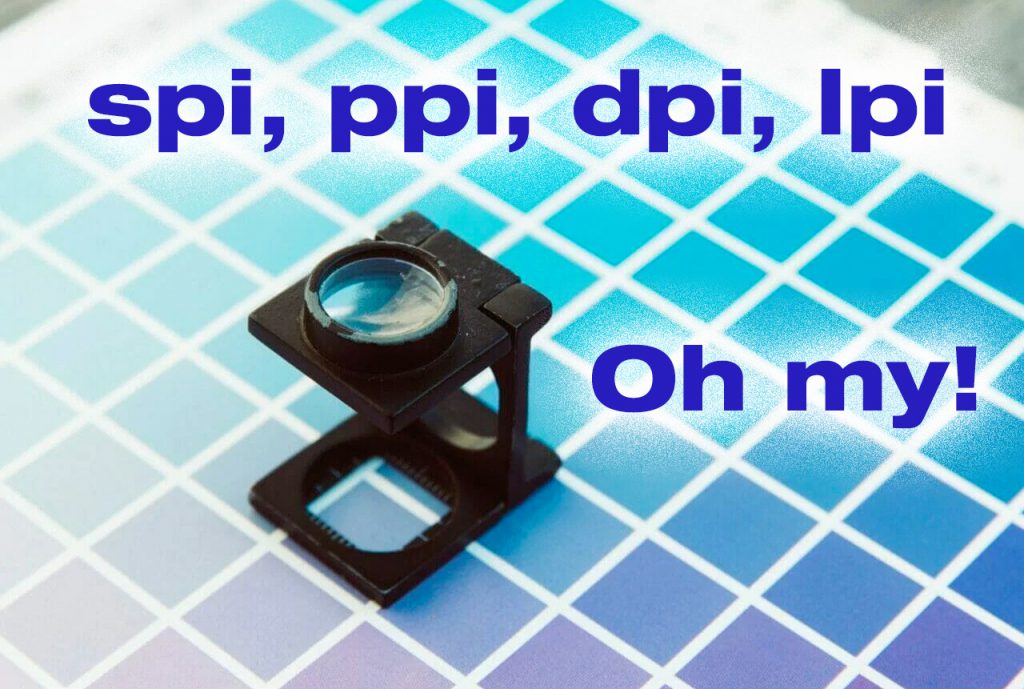
This is the one area of most confusion and misinformation that I come across when speaking with anyone wanting to understand or learn more about Photoshop. The issue of resolution still seems to confuse many digital artists and fine artists alike that use Adobe Camera Raw and Photoshop to process their digital resource images.
A crash course on using a digital camera – Part 2

White Balance
If you choose to shoot using Auto (A) mode, then everything is automatically done for you — just point and shoot. The newer model DSLRs are so sophisticated that its almost impossible to get a bad shot. The Auto setting will get the job done 90% of the time, including the White Balance setting. But I like to experiment with the light before I do lot of shooting, so here’s whats helpful to know about White Balance.
A crash course on using a digital camera – Part 1
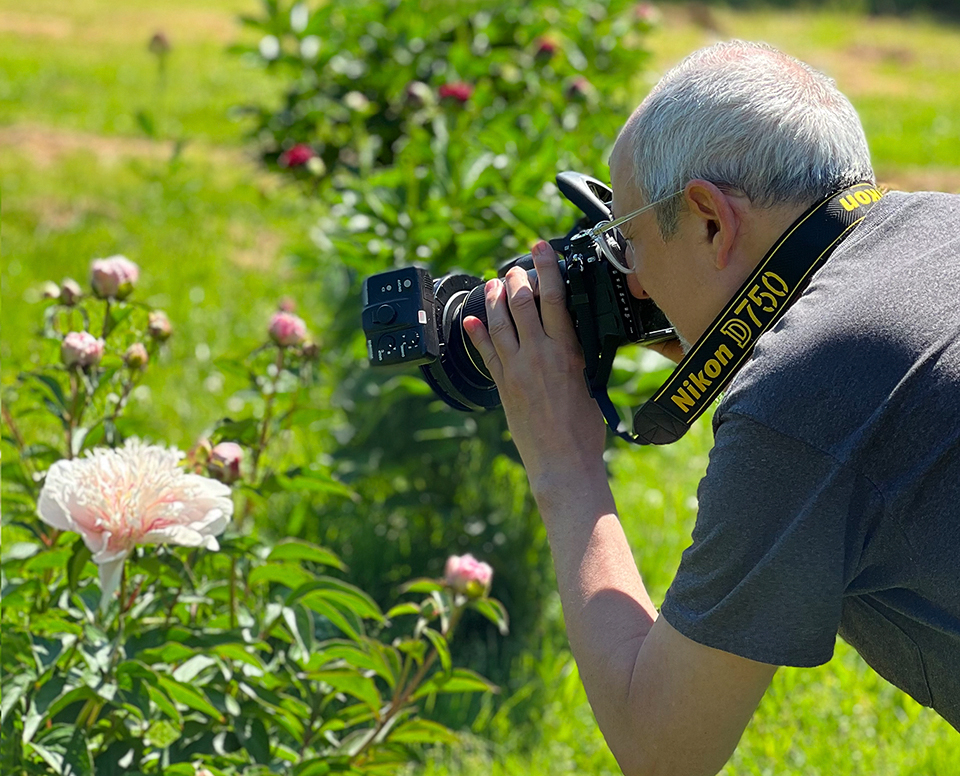
There are two main methods for collecting and developing source material for paintings: 1. Drawing and sketching. In another life I owned and managed a graphic design business in Boston where I spent about an hour or so every day sketching the locals and tourists at the café where I had my morning coffee, along with collecting photographic reference material.
A brief history of the painter’s craft
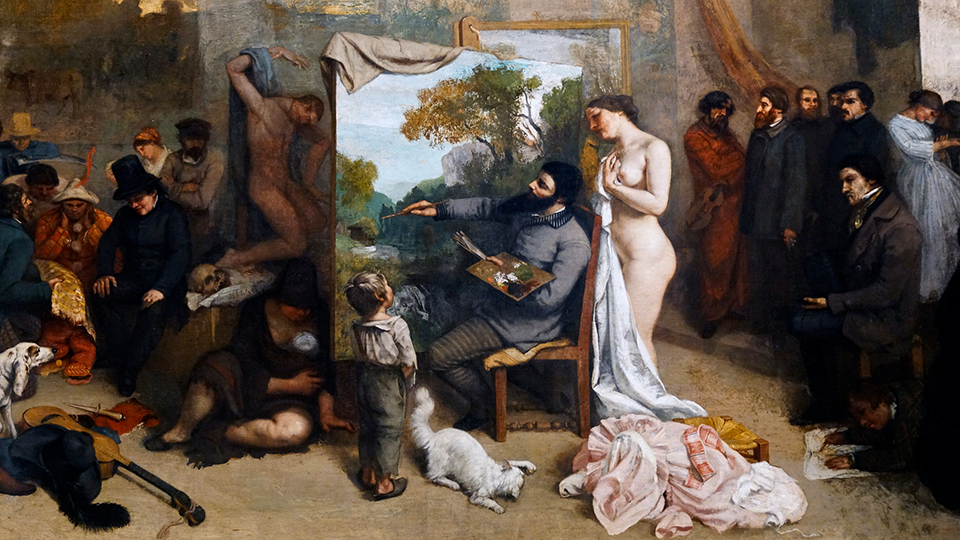
Unlike previous eras, the materials and tools of today’s artists are widely and easily available. In comparison to the hundreds of years before “modern painting”, it seems that technical excellence was in decline and artists were shortcutting or ignoring traditional and long-proven techniques – the hard work.
A brief history of the Colorman
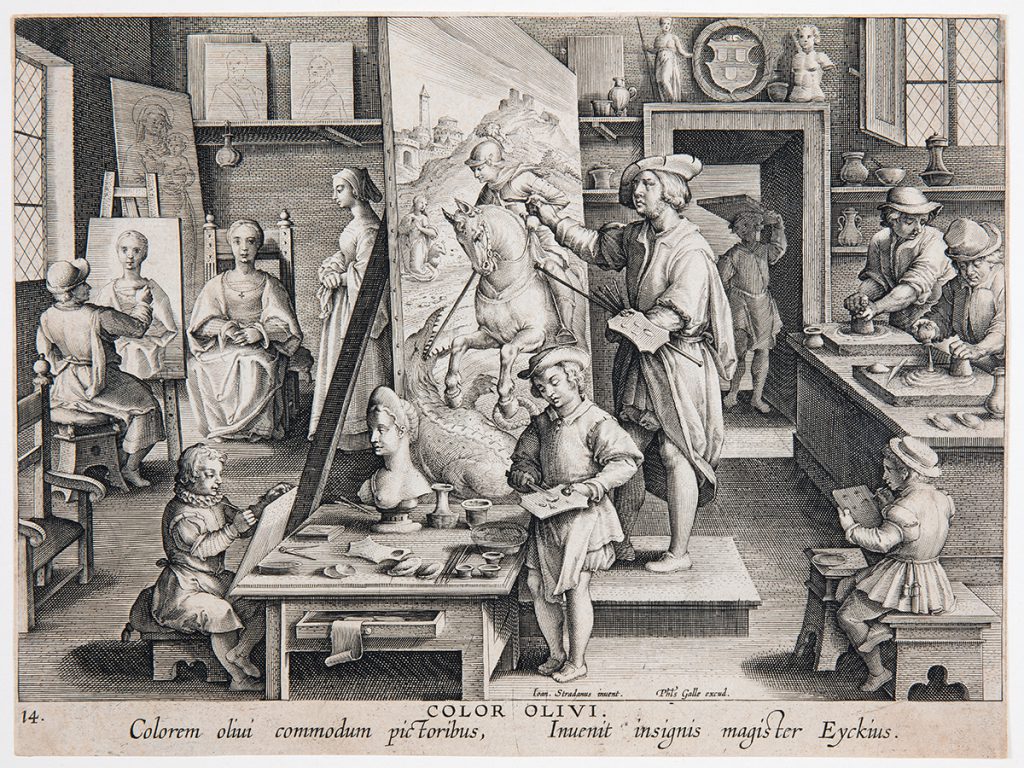
Nearly all artists materials were originally made in the studio. They were pretty much the same stuff since Jan Van Eyck first discovered, around 1400 when he was 30 years old, a practical method of using oil paint.
The underpainting and creating the illusion of volume — four historical technical approaches, Part 2

Peter Paul Rubens (1577-1640), Antwerp, Netherlands, sought to achieve the same results as Titian, but sought to do it using the “alla prima” (at once) method of painting – getting the whole thing done in one complete and continuous operation.
The underpainting and creating the illusion of volume — four historical technical approaches, Part 1
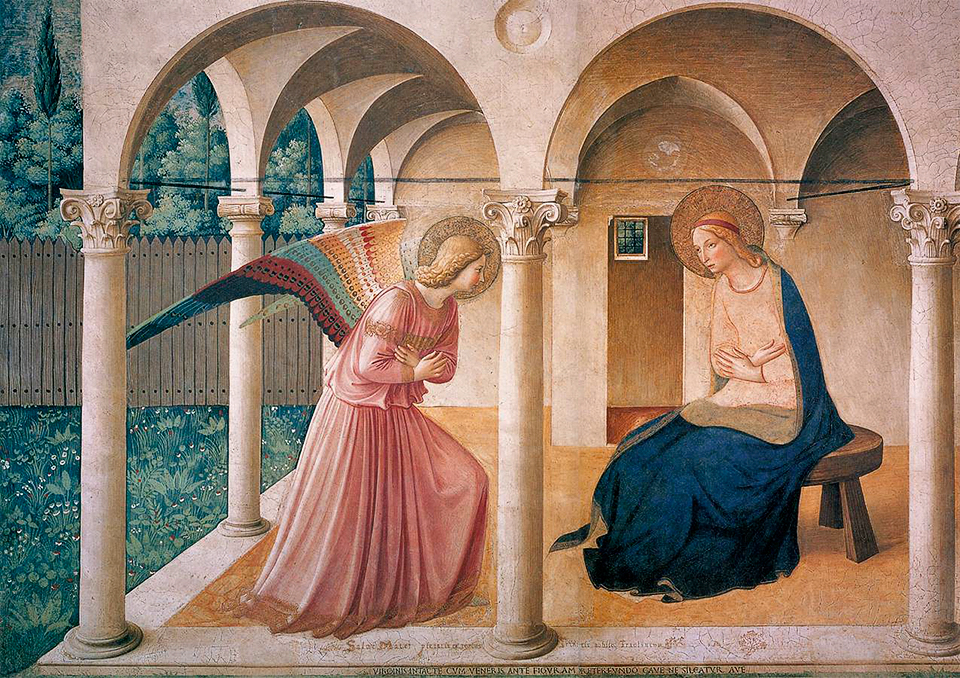
Representational artists all share one common goal – to present an illusion of volume, accomplished in painting through the juxtaposition of dark and light values, and of highlights and shadows.
Change & artistic style, Part 4.

The creation of music and art are connected, the former using the arrangement and rearrangement of notes on a scale to achieve sonic harmony and the latter using line, color, value and the arrangement of shapes on paper or canvas to achieve visual harmony. Over the part several years I’ve come to really appreciate the work of tonalist painters very much, only having dared to actually consider embracing and creating tonalist art in the past 14 months. Part of my desire to “change things up” included a drastic reduction in the amount of colors on my palette and some research into of the work of the tonalist painters seemed to be a good place to start.